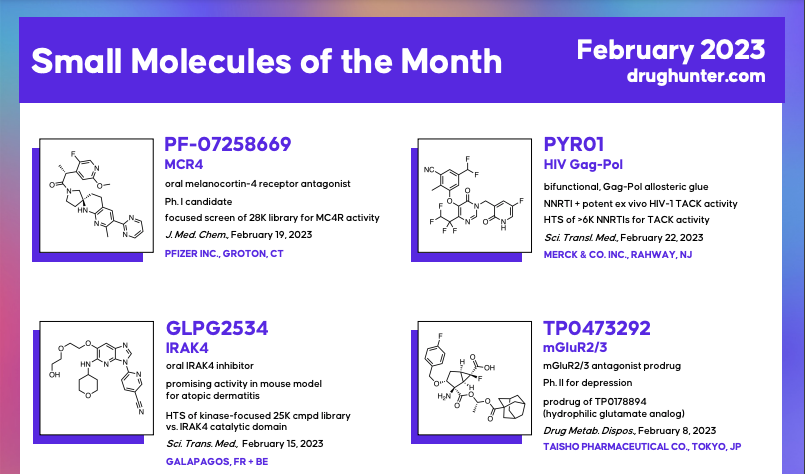Lew Pennington
Scientific Director
Lewis D. Pennington, Ph.D., has joined Drug Hunter as Scientific Director. Dr. Pennington most recently served as an Independent Consultant at Mystic River Medicinal Chemistry, Head of Platform Chemistry at Kymera Therapeutics, and Research Fellow at Alkermes.
At Alkermes, Dr. Pennington initiated the orexin-2 receptor agonist program and served as the chemistry team leader, resulting in the invention of a clinical drug (ALKS 2680, Phase 2, Q2 2024) and an initiative to build an orexin-2 receptor agonist franchise. At Kymera, he invented their first molecular glue degrader, which exploits a novel degron motif found in an undrugged transcription regulator, resulting in the launch of an immunology drug discovery program and an initiative to build a molecular glue degrader franchise.
Over the course of his 30-year career, Dr. Pennington has contributed to the initiation of new drug discovery programs, the identification of validated hits, the invention of early and advanced leads, chemical probes, tool compounds, program go/no-go decision-enabling compounds, 2 clinical drugs, and 4 clinical candidates, 33 peer-reviewed publications, 18 granted US patents, and 34 WO patent applications.
In addition to drug discovery, Dr. Pennington’s research interests have included defining concepts, strategies, and tactics for multiparameter optimization in modern small molecule drug discovery: structure–brain exposure relationships, non-covalent sulfur interactions, the necessary nitrogen atom, positional analogue scanning (including nitrogen scanning), and holistic drug design. Notably, the necessary nitrogen atom and nitrogen scanning concepts helped inspire the creation of the area of synthetic chemistry known as skeletal editing.
Dr. Pennington previously served a variety of roles as a synthetic and medicinal chemist at Amgen, Array BioPharma, and Eli Lilly & Co. Dr. Pennington earned a B.S. in Chemistry (with Highest Honors in Chemistry) under the guidance of Professor Masato Koreeda at the University of Michigan, and a Ph.D. in Chemistry under the mentorship of Professor Larry Overman at the University of California, Irvine.
More from Lew
Join the Drug Hunter Mailing List
to get free content and resources weekly. Trusted by >15,000 drug hunters worldwide. Unsubscribe anytime.
